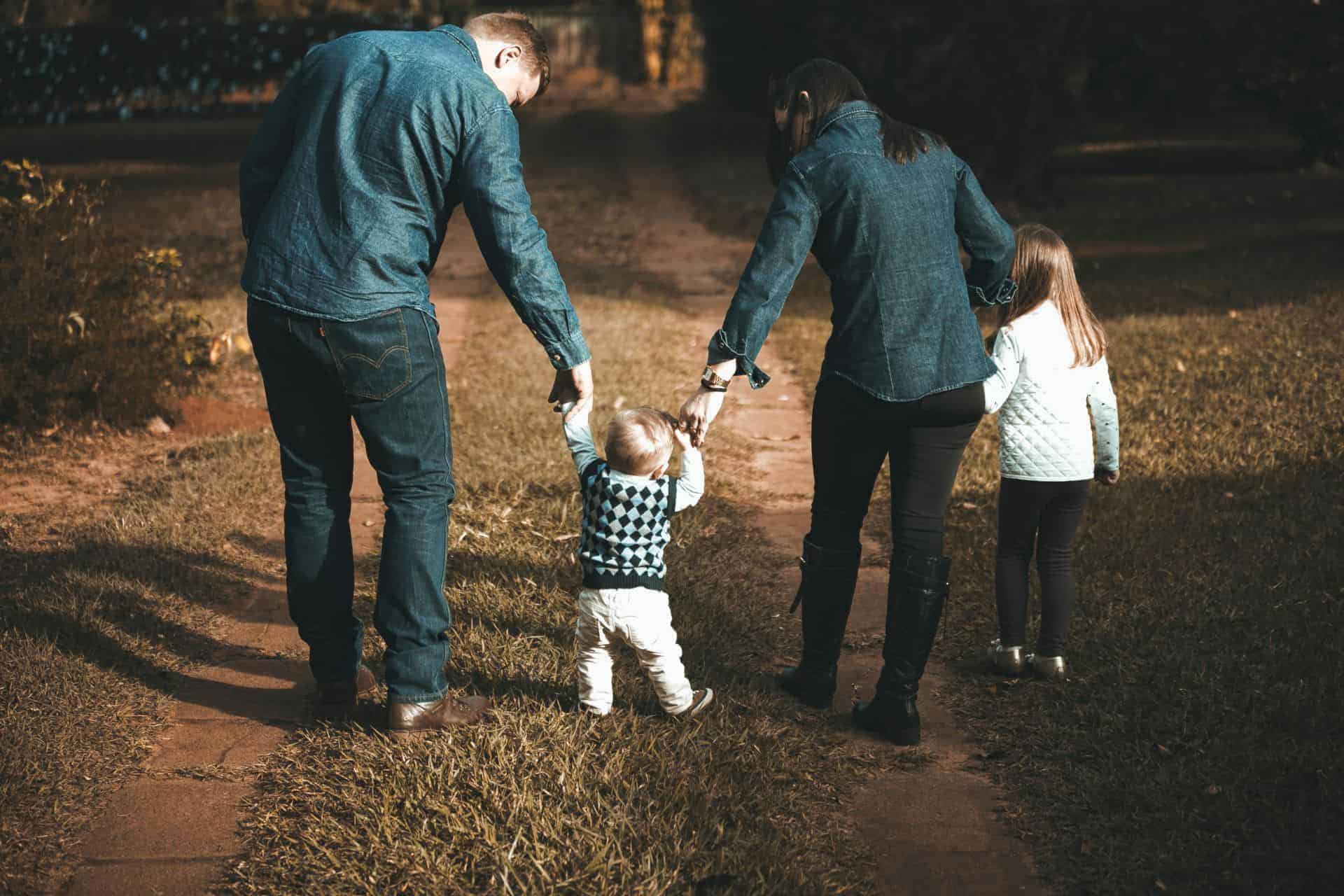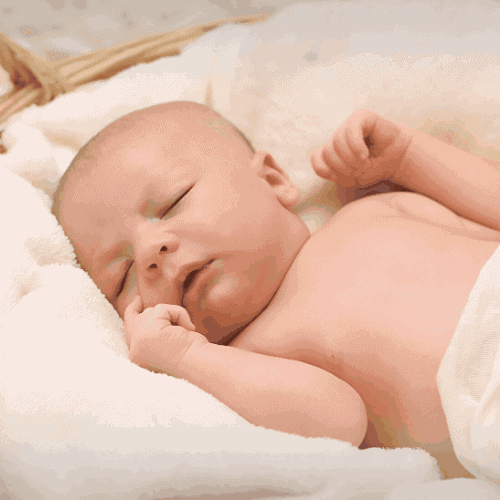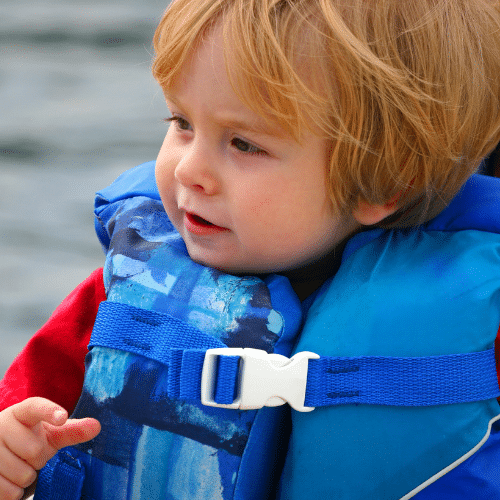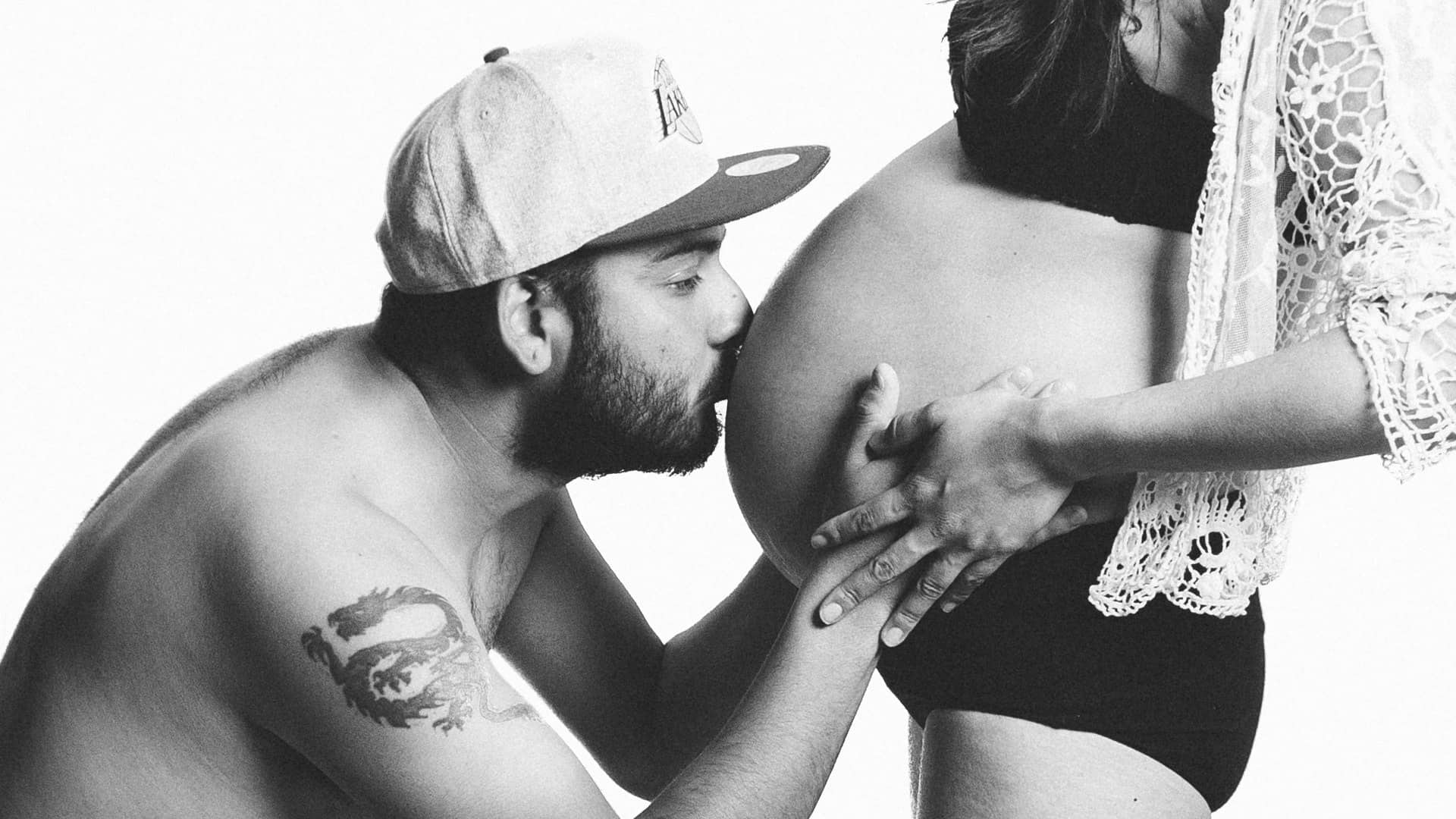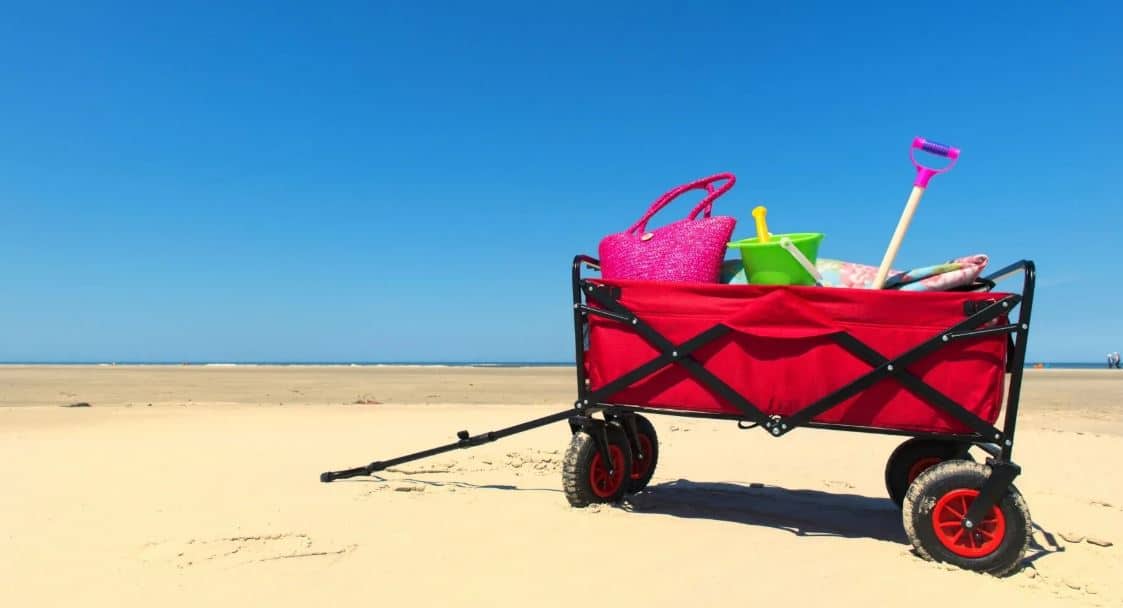Life with a newborn baby is an exciting time, however, it can be daunting not knowing what is normal for a young baby, especially if this is your first baby. During the newborn stage, which lasts until they are 3 months old, babies are learning how their little bodies work.
You may see a newborn baby squirming and wriggling a lot, scrunching up its legs and often throwing out its arms as they adjust to its new surroundings.
A baby flailing or flapping their arms is a perfectly normal response, and this article will help you understand why and what your baby might be trying to communicate to you.
As an Amazon Associate, I earn from qualifying purchases. The links below may be affiliate links. Please read my disclosure policy for more information.
Is flapping a good sign?
A baby flapping or flailing their arms is a good sign that your baby is learning how to move and control their body. It is a normal exercise for young babies to do as they start to become more active and learn how to use their limbs.
Flapping and flailing help encourage blood flow through the body and you may see your baby doing this when they are happy and smiling. Some babies flap or wave their arms and legs to communicate that they are tired or hungry.
As you spend more time with your young baby you will begin to recognize their cues and body language and know what they are trying to communicate to you.
Learning baby body language

All new parents learn on the job, and it doesn’t necessarily get easier if you have already had children. Every baby is different and will have different habits and ways of communicating with you.
Learning how your baby communicates and what their cues are will help you understand your baby’s needs better.
Watch your baby and look out for specific body language. If you notice that your baby flaps their arms or legs when you walk into the room then this could be their way of showing that they are happy to see you.
When a baby is hungry they will become restless, putting their hands in their mouths and even kicking their legs and moving their head. Whereas a tired baby’s brows may become red and they may rub their hands on their face, or grab their ears or hair.
Understanding your own baby’s body language will help you understand what they need from you and can also help prevent your baby from getting too unsettled and crying.
However, being a new parent is a big learning curve and you shouldn’t expect to know what your baby wants from day one.
Is it healthy for a baby to flail and flap?
Flapping and flailing movements are healthy for young babies as they are still learning how to control and coordinate their bodies. You may notice that a newborn baby’s movements are quite jerky and look unorganized but these movements all contribute to their development.
Babies are born with many natural reflexes that are completely normal, and vital to their development. Instinctively babies know how to suckle to feed, grasp with their hands, and root for milk when they are born.
They are also born with a reflex called the Moro reflex, also known as the ‘startle reflex’, which is a self-defense reflex meant to protect a baby. It is often triggered when they hear a loud noise or are being lowered onto a bed or changing table.
When triggered, the Moro reflex looks like your baby is throwing their arms or legs out wide and then slowly bringing them inwards, almost as if they are hugging themselves. The reason that babies do this is to ground themselves and regain their balance.
The Moro reflex is also a good sign that your baby’s nervous system is developing correctly and pediatricians will often check for this reflex before you and your baby leave the hospital after birth, and at their first doctor checkup, which is roughly around 6 weeks.
Doctors will check for the Moro reflex by holding your baby safely and sweeping them downwards, imitating the feeling of falling for the baby.
It can look quite scary to a parent, but doctors have lots of experience doing this and it is important to check for this reflex as it signifies that your baby’s nervous system is developing.

When do babies stop flailing their arms and legs?
As your baby’s body and strength develop you should start to see them flailing their arms and legs less often.
At around 6 weeks their neck muscles are much stronger and their balance is progressing, and they will begin to try to lift and control their head. In turn, they will start to get more of a bearing on their surroundings, and slowly you will see signs of the Moro reflex less and less.
The Moro reflex usually disappears completely between the ages of 2 – 6 months. Once a baby can control their arms and legs independently, roll over, and are showing signs of trying to sit up on their own, the reflex will disappear entirely.
This can be expected to be around 6 months of age. However, remember that all babies develop at different rates so your baby may stop showing signs of this reflex sooner or later than 6 months.
How can I prevent my baby from flailing their arms and legs?
Although the reflex to flail their arms and legs is a perfectly normal part of a baby’s development it can become troublesome if it wakes your baby up at night.
If your baby is disturbed during their sleep, or they move around a lot the startle reflex can be triggered and then they wake up, meaning more sleepless nights for you and your little one.
As this reflex is a self-defense reflex you can not prevent your baby from doing it, however, you can reduce the reflex being triggered by following some simple steps.
Make sure your baby has a safe and calm environment to sleep in, with dim lights and no loud music. If there are noises around your home that you can not control, like traffic or airplanes, use a white noise machine to block these sounds out.
If there are bright lights outside of your home, you can use a blackout blind and a night light to create a soothing sleeping area for your baby.
When lying your baby down to sleep, hold them close to your body and slowly lower yourself down with them. Once they are lying in their bed gently place your hands on their chest, and then remove them one by one.
If your baby moves around a lot in their sleep and wakes themselves up, use a swaddle blanket to wrap them in for bedtime. Swaddling is great for newborn babies, as it can help them feel safe and secure and mimic how they felt in the womb.
You can either swaddle them with a breathable lightweight blanket or use a ready-made swaddle suit.
Swaddling will help calm your baby ready for sleep and prevent them from startling themselves awake. When swaddling with a blanket, make sure you follow or swaddling tutorial, use a breathable natural fiber blanket and ensure that neither their neck nor head is covered.
Should I worry if they are flailing their arms and legs too much?
As this article has explained, it is expected for a baby to flail, flap, or throw out their arms and legs in the newborn stage.
This can be a sign that they are hungry, tired, startled by a loud noise or bright light, or they will do this when they are being lowered down onto a bed or the floor. Once your baby has been laid down or the initial shock of a loud noise or bright light has passed they should stop flapping their arms and legs.
Babies often kick their legs during feeding, and they can also kick or flap their arms when they are happy and excited to see you.
However, if you notice that your baby continuously flaps their arms or kicks their legs this could be a sign that there is a problem with their nervous system and you should see a doctor or pediatrician as soon as possible.
Final thoughts
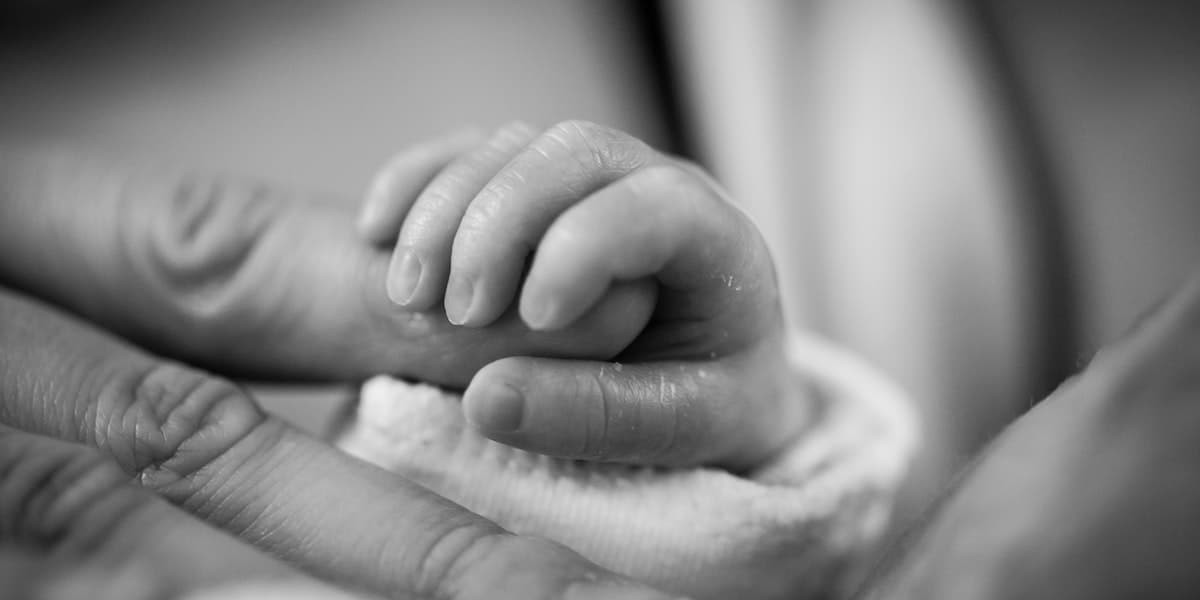
It is thought that the Moro reflex developed as a way for babies to be kept close to their parents and caregivers and to also prevent them from falling, which is why they throw their arms and legs out.
Knowing more about how your baby develops is a great way to help care for your new baby, and is a great way to ensure that they are developing healthily.
As you spend more time with your baby you will naturally pick up on their cues which will help you form a great bond with your new little baby.
However, if you have any concerns about the development of your baby, speak to a doctor or pediatrician as soon as possible as they will be best placed to give you advice and put your mind at ease.



